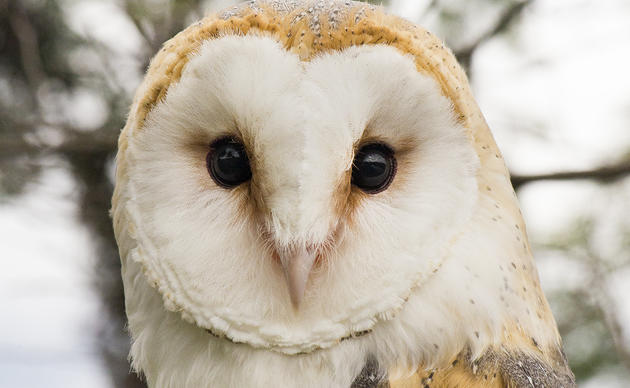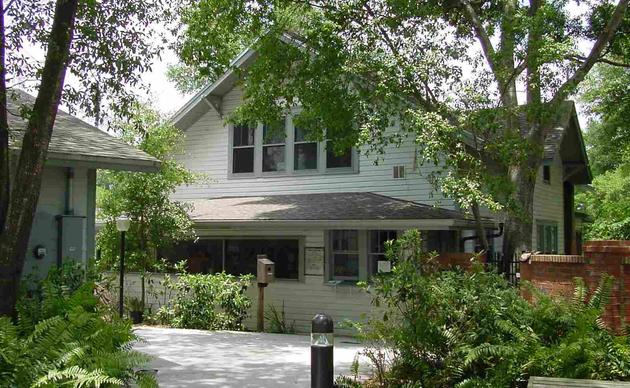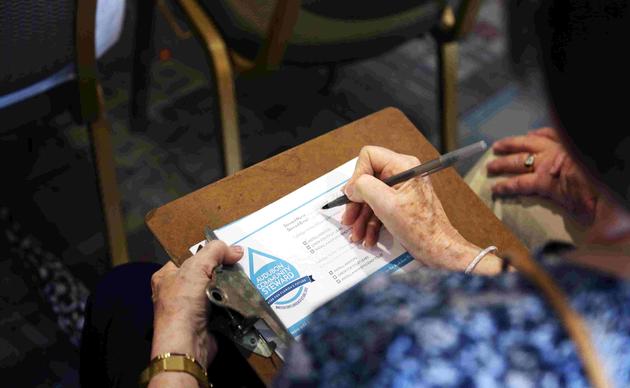April is Citizen Science Month, a time to celebrate the amazing contributions and discoveries that passionate volunteers have made to science. The concept of Citizen Science, now called Community Science, began 121 years ago with the Audubon Christmas Bird Count when a group of birdwatchers set out to count (rather than hunt) birds in their area. This century-spanning dataset has been crucial in helping biologists track long-term trends in bird populations around the world and propose management action for those in decline.
Conservation is a huge task--too large for just researchers, biologists and nonprofits to tackle on their own. Enter YOU! By doing things you do every day--perhaps birding, or gardening or fishing--you are observing and collecting important data that can help scientists track population trends. Stuck inside all day but have access to a computer? There are other projects that you can help with, including one called Stall Catchers that is tackling Alzheimer's Disease by having volunteers count blood vessel blockages in online images of mouse brains. (Check out Sci Starter to learn about other citizen science opportunities: https://scistarter.org/)
Audubon Florida offers several community science programs around the state, including the Florida Shorebird Alliance (counting shorebirds along Florida's coast), JayWatch (tracking Florida Scrub Jay families) and EagleWatch (monitoring Bald Eagle nests). EagleWatch operates out of the Audubon Center for Birds of Prey and started in 1992 with 22 volunteers who began monitoring Bald Eagle nests in 3 central Florida counties to collect nest productivity data with the goal of protecting the species. Today the program is active in 45 counties with 500 volunteers monitoring 850 nests. The data collected by volunteers helps state and federal wildlife agencies track population trends and provides guidance for management decisions for land or structures that contain active nests. EagleWatch volunteers are the heartbeat of their program and we celebrate their passion, dedication and sacrifice of time and energy, all of which are helping to ensure that Florida's Bald Eagles continue to persist and have a safe place to raise their young.



